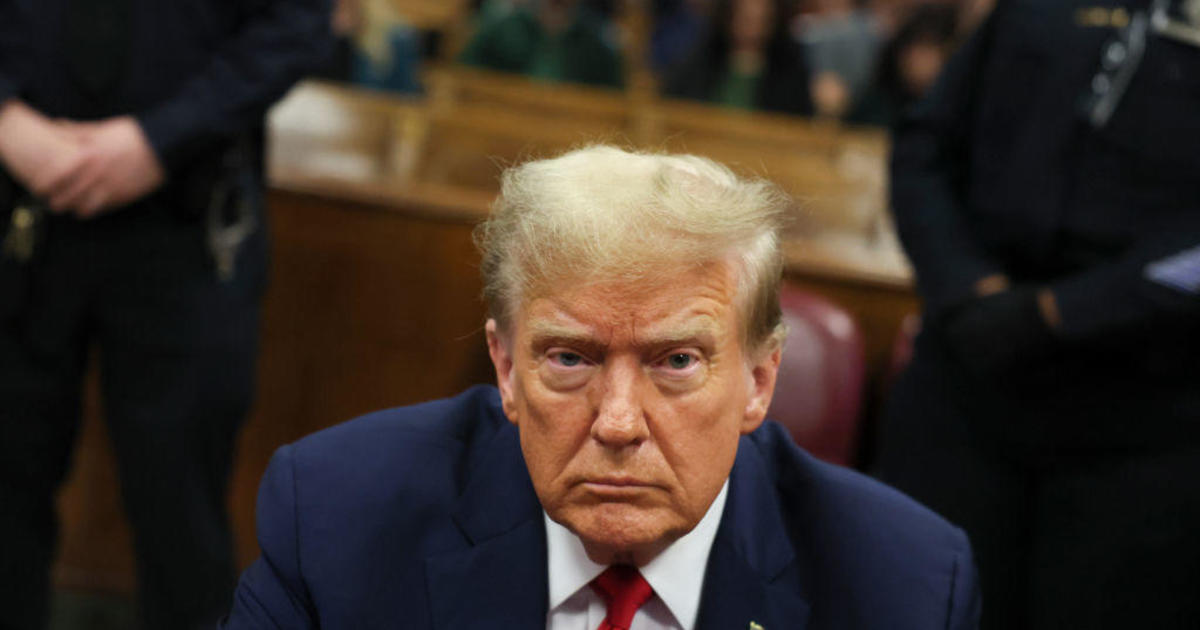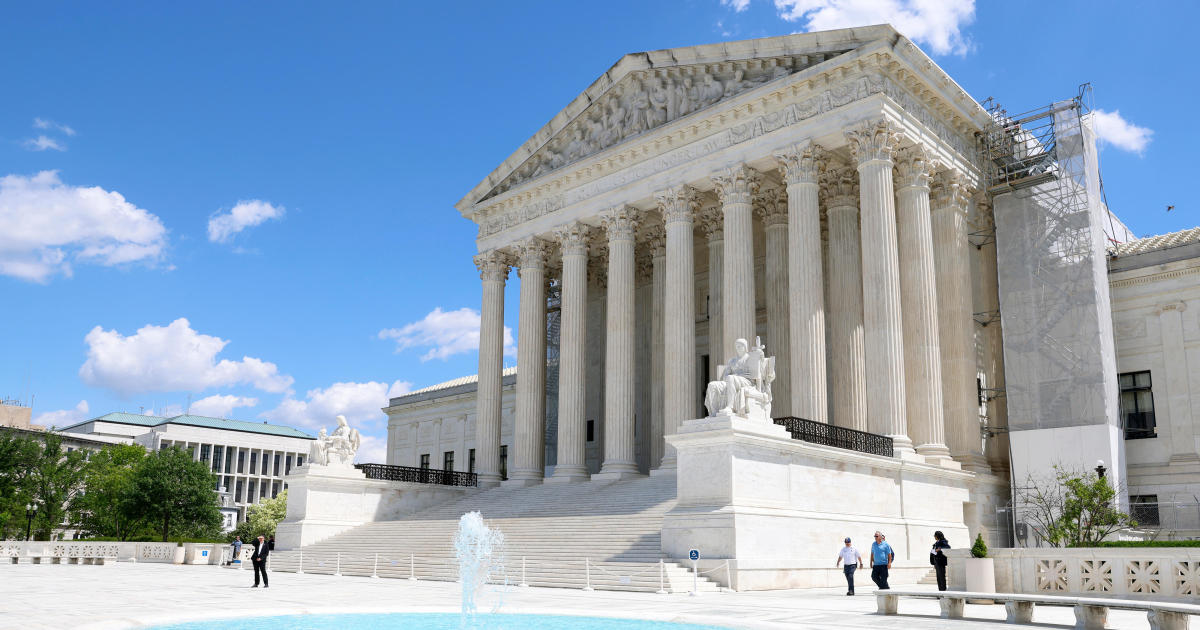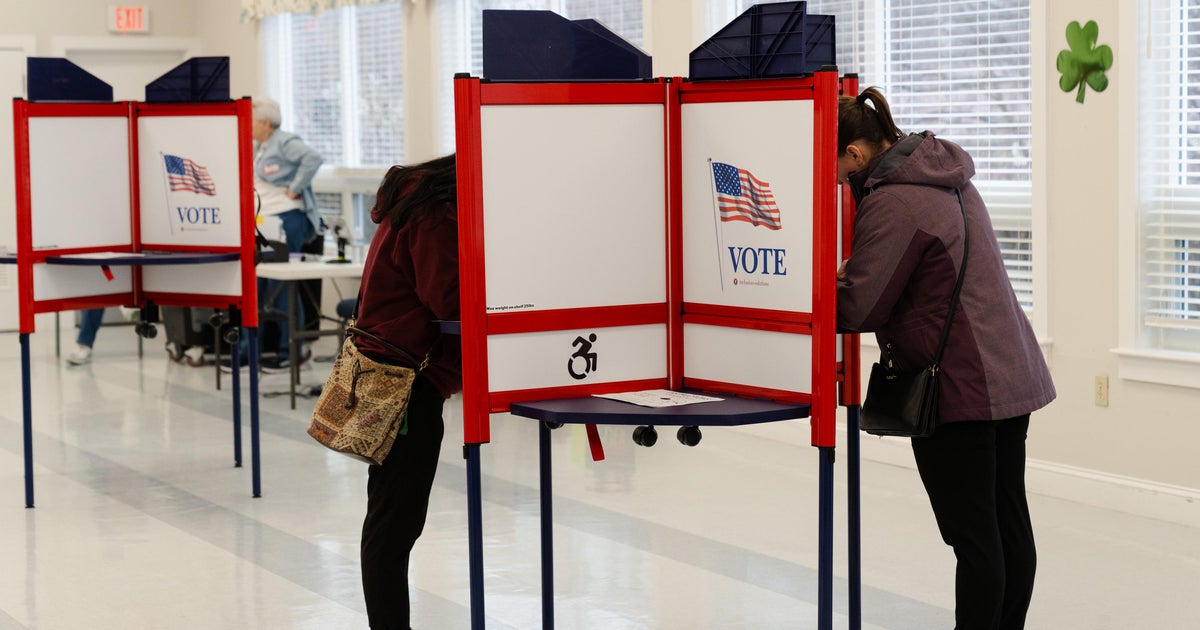Trump takes aim at Obama's ban on "tax inversions"
President Donald Trump took a step Friday to unwind, or at least soften, Obama administration rules that thwarted U.S corporations from moving their headquarters overseas to reduce tax bills.
Since the Great Recession, more than 50 American companies transferred their legal domiciles to nations that charge lower corporate tax rates. The statutory rate in the U.S. is 35 percent, but in Ireland, a popular destination for such shifts, it’s 12.5 percent. Such exoduses, known as tax inversions, were mostly shut down by a series of regulatory actions from 2014 to 2016, under Barack Obama.
But Mr. Trump, who has championed a lighter tax burden on Corporate America in a bid to boost jobs, signed an executive order that could potentially lead to deep-sixing the Obama barriers to corporate departures. “We’re going to lower our business tax, which is the highest in the world,” the president said in a Friday afternoon ceremony in Washington, where he signed the order.
He also vowed to unveil his latest tax reform proposal this coming week, which would contain a “massive tax cut.”
The order instructs the U.S. Treasury Department to study tax rules to see if any were enacted that exceed executive branch authority, which Republicans generally claim is the case for the Obama inversion measures. The implication is that Mr. Obama’s anti-inversion action will be scrapped or weakened. While Mr. Trump’s order is aimed at the full span of taxation, Treasury Secretary Steven Mnuchin earlier confirmed to reporters that the Obama inversion rules were a big target.
On Friday, the president also issued an order for Treasury to review rules on what financial institutions are designated important enough to warrant special government oversight. This would affect insurance companies, like American International Group (AIG), which say that they, unlike banks, are not central enough to the nation’s financial system to merit such scrutiny.
A third order compels Treasury to examine plans to dismantle failing financial firms, which some say form a safety net for banks that allows them to take undue risks.
While Mr. Trump’s tax-oriented order has no immediate impact, it serves as a statement of the White House’s intent. The administration’s broader goal is to lower U.S. corporate rates. During the 2016 election campaign, Mr. Trump expressed dismay that companies have fled the U.S., but he blamed it on high taxes.
Although corporations generate only 11 percent, or around $350 billion, of the $3.25 trillion in overall federal tax revenues, the administration believes a lower tax burden will lead to more jobs for Americans. Its critics say the only result would be bigger payouts for stockholders.
Under Mr. Trump’s tax plan and that of House Speaker Paul Ryan (R-Wisconsin), the corporate tax rate would be lowered to 15 percent or 20 percent, although some think it will end up no lower than 28 percent to avoid a tax revenue shortfall. Just when the wholesale overhaul of the tax code will occur is anyone’s guess because other priorities, like revamping the health insurance law, appear to be crowding it out. Also, Democrats on Capitol Hill have threatened to stall any tax overhaul unless Mr. Trump releases his tax returns.
“We’re up in the air on tax reform, so it’s a good idea to repeal” the tax inversion ban in the interim, said Diana Furchgott-Roth, a senior fellow at the conservative Manhattan Institute. She argued that even if a U.S. company moved abroad, its lower tax tab would permit it to book higher overall earnings. This, she contended, could translate into more money available to expand U.S. capacity and thus yield more jobs.
But to Frank Clemente, executive director of the liberal Americans for Tax Fairness, permitting tax inversions again will bring Americans very few boons. He termed it “ironic” that Mr. Trump campaigned for keeping jobs on American soil, “but he also wants to let companies ship them overseas” to get a tax break.
Over the past three years before Mr. Trump took office, the Obama administration imposed new rules making such corporate flights offshore harder. The typical inversion model was for a larger U.S. company to merge with a smaller one in a lower-tax country.
But the Obama rules altered the math to disallow unions where the American acquisition partner was lopsidedly larger, which was often the case. They also outlawed a post-merger maneuver where the remaining U.S.-based subsidiaries borrowed money from the offshore parent company and paid tax-deductible interest under U.S. law, reducing its taxes.
The Obama rules scotched several planned cross-border combinations, including stopping North Chicago-based AbbVie (ABBV) from merging with Ireland’s Shire (SHPG), and New York-headquartered Pfizer (PFE) with Allergan (AGN), which is also incorporated in Ireland.
Most inversions were in the pharmaceutical industry because they lack the big domestic infrastructure common among sectors like manufacturing. This made the drug companies more portable. Leaving behind an enormous inventory of company factories would open the departed corporation to political pressure from Washington and other critics.
But a few inversions didn’t involve pharma. For instance, 2014’s $12.6 billion merger of Canada’s coffee chain Tim Hortons and America’s Burger King, which is far larger. The joint company, called Restaurant Brands International (QSR), now is located in suburban Toronto. Canada’s corporate federal tax rate is 26.5 percent.
To be sure, the U.S. tax code is riddled with loopholes, which allow domestic companies to lower their tax rates considerably. Nearly a fifth of profitable U.S. corporations pay no federal income taxes, according to an analysis by the U.S. Government Accountability Office, which also found the average corporate tax payout was around 14 percent, far less than the statutory 35 percent.
Once the Washington jockeying over the tax code overhaul begins, platoons of high-powered lobbyists will fight to keep tax breaks for their clients. So where this all will end up remains very murky.



